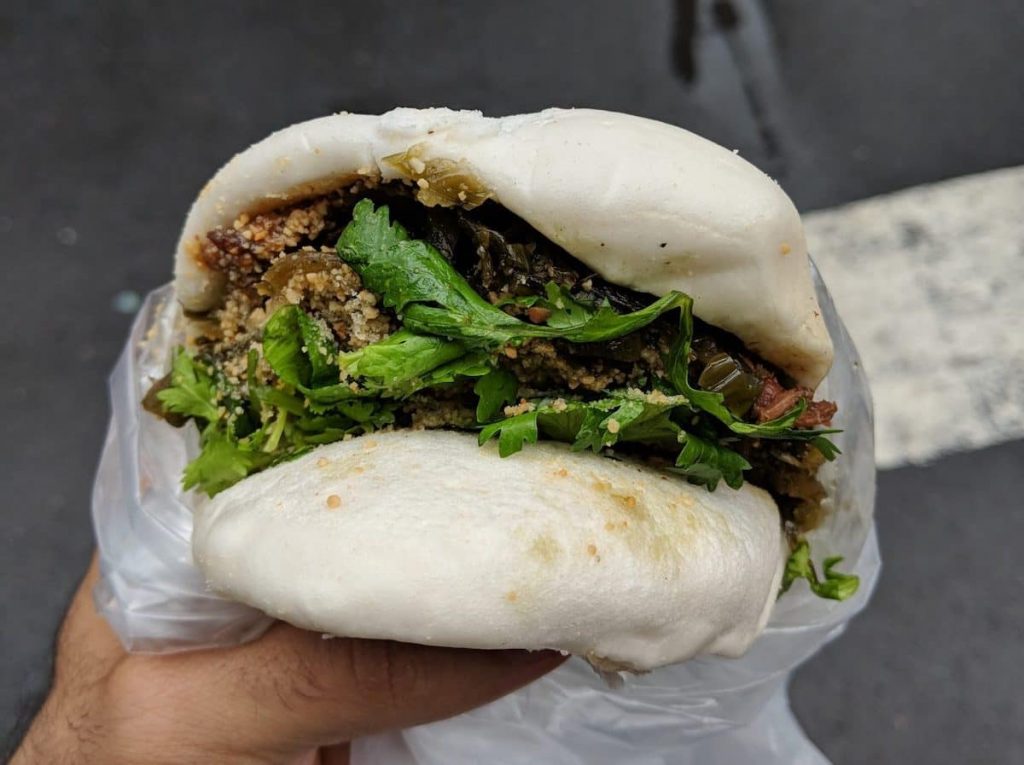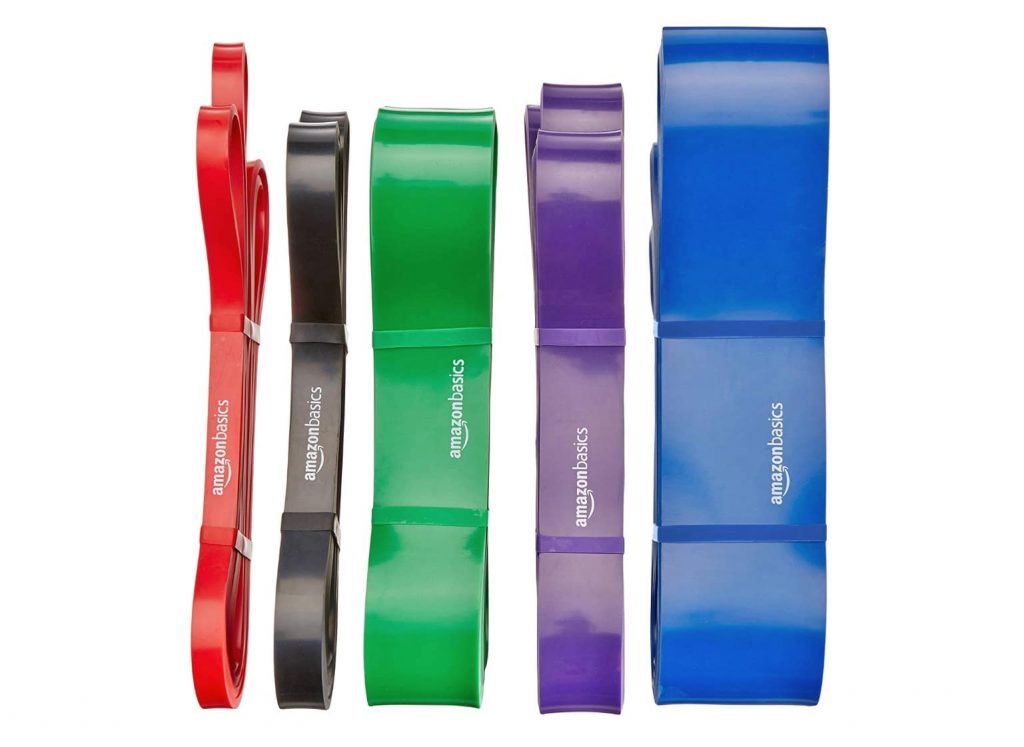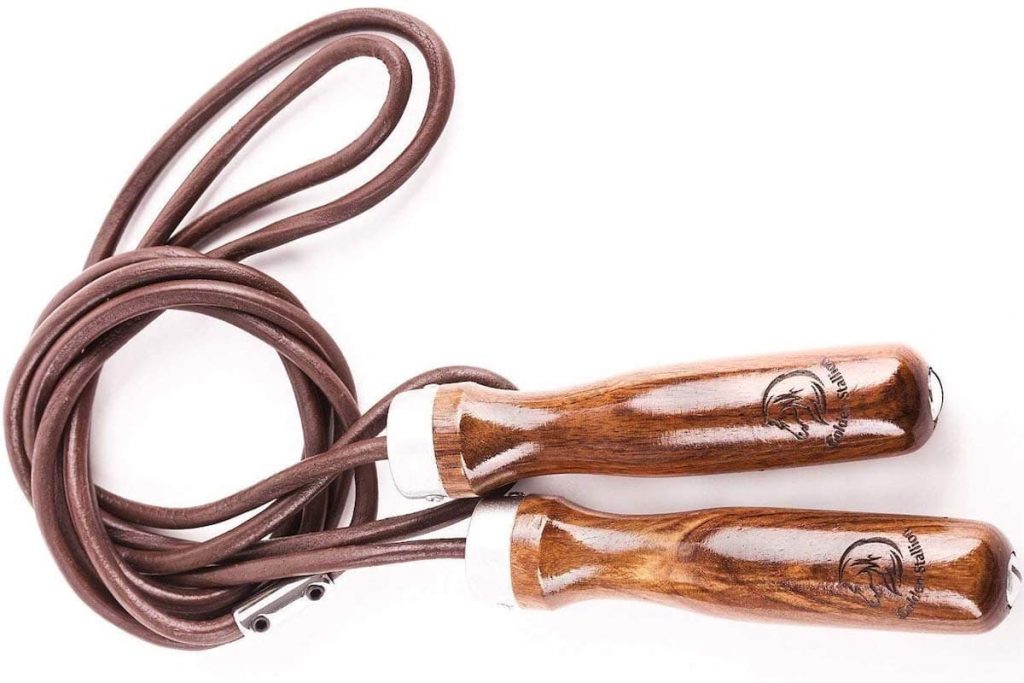Stay fit While Travelling — Five Ideas
It’s hard to stay fit while travelling short term. There’s so much good food out there. The local gym isn’t right around the corner. Or if it’s in a hotel, it doesn’t have the same gear and classes you’re used to using.
Your routines go out the window because of all the activities. You might not have gear. You know the story… people often say “I was on a good routine… but then I went travelling, and I lost my rhythm.”
Some people might think: “Who is seriously going to look up a gym while they’re out there in the great beyond?”
But there are those people who like to stay fit while on the road. Maybe you just want to not break your routine, or maybe it makes you feel better. This guide is for all those people (like us).

Home Workout Kit
Why Stay Fit While Travelling?
Firstly, to make this clear, we don’t advocate exercising so you can eat more, or doing guilt exercising because you already ate a lot. It leads to negative associations for both food and physical activity that can hurt you long-term. See this study about “exercise guilt“, for example.
But we keep fit while travelling because it helps us long-term. Staying fit helps us live longer so we can enjoy more things. Also, some of the things we do, like hikes or classes where we meet people, are just fun.
General fitness has many variables to it. I’ve found that my overall strength takes a long time to drop — a few weeks off from doing heavy weights won’t hurt my overall ability to lift weight.
However, my cardio fitness does drop quickly. Studies do show that cardio fitness drops like a rock when you stop training it. This means being able to run for less time or being able to climb fewer staircases (looking at you, European walk-up apartment blocks. This is why we feel terrible going to the gym after a short vacation. So if nothing else, work on this.
Finally, flexibility also does drop. This is a fairly easy one to work on. In fact, a stretch is a great way to end an active day of sightseeing.
General Recipe for Keeping Fit while Travelling
Here’s what we do. It’s a fairly simple regime. It’s also constantly a work in progress, so forgive us if this changes over time!
It comes in five parts:
- Take care of our diet. This means eating better stuff, without binging, and avoiding casual snacking. We still eat all the delicious things and street food, but just don’t overdo it.
- Choose active tourism. We look for walks, bike rides, or even canoeing trips. We’ll at least mix these up with sedentary activities.
- Use the hotel gym effectively. If you have a hotel gym (we often don’t), use it with some kind of plan.
- Work out at local gyms. Something we really enjoy is finding local classes, like yoga or sports. This is also a great way to make local friends!
- Work out in your room or a local park. You can do in-room calisthenics, or head down to a local park with minimal gear to work out in the open air.
We’ll look at all this in more detail below.
Take Care of Your Diet

Everyone has different approaches to diet — and a lot of them can work. There are no conclusive studies that say “this is how you should eat” (and if there are, there are counter-studies), because large-scale population studies of diet for long periods of time are just impossible.
Here’s a general “recipe” for eating well while travelling.
The most important thing: eat consciously. It’s easy to order vast quantities of food and then “feel good” when you clear a massive table. Try to eat a small amount and enjoy it. If something is really delicious, I often like to eat in silence, to really appreciate it! That gives me a good opportunity to assess whether I want more.
Choose high-quality food. Eating food with real ingredients just feels better. You can snack on chips from the 7-11, or you can eat a home-style fried food from a farmer’s market. Without getting scientific, something about where you get the food and where you eat it leads to the latter being a more balanced, conscious experience. (It’s also more expensive.)
Focus on eating vegetables. Wherever we travel, we make sure there’s a fridge and that it has some local vegetables in it. If we order food, we make sure it comes with side dishes of vegetables. It’s really easy to forget this when travelling. Meals tend to prioritize delicious carbs like bread and pasta, and then meat, and there are always many variants of sweet treats and
Focus on
Minimise snacking. It’s tempting to carry around snacks “in case you get hungry”. But if you don’t, you’ll survive. And you’ll be very hungry for your next meal, and appreciate it more.
Drink water. This is that easy, low-hanging fruit that seems to elude even the best of us. It’s a commonly held fallacy that you need to drink a gallon of water a day, and also a fallacy that there is a correlation between water and weight loss. The best reason anyone can come up with, though, is that if you drink water, you’re less likely to want to drink or eat anything else (that necessarily has more energy in it) just because you’re thirsty. So satiate your thirst first, then eat.
Opt for Active Travelling
Sightseeing in another country is often incidentally active. There’s a lot of walking. Your step counter is going to thank you!
In every place you visit there are often some casually active things you can do that aren’t marathons but which can be really helpful for keeping your body in good form.
Some examples of ways to stay active while travelling are
- Going on bicycle tours. Or just renting a bicycle as your transport around towns or between villages.
- Finding hikes. It’s quite easy to get out into the wilderness in most countries. You might have to get a bus or hire a car to get to the parks, but spending a few hours doing an easy hike is a great way to stay fit while travelling.
- Canoeing or rowing. Like bicycle tours, paddling or even using a paddle boat (so touristy! But so active) uses a lot of energy.
Opt for one of those activities over something sedentary (like eating another meal or watching a show), mixing it up a little, and you’ll increase your activity level a lot.
Use the Hotel/Apartment Gym effectively
Nobody expects you to be doing a hardcore workout while travelling. But it’s really easy to do a little — and if you like, it’s easy to do a lot.
If you have a hotel gym, then use it. Otherwise, you’d be surprised how many gyms offer day passes. Don’t just go walk on the treadmill (you can do walking outside where there’s cool stuff to see in most places anyway).
Here are some ideas for how to casually use a minimal hotel or apartment block gym:
- Do a 15 minute Yoga session or callisthenics/light weights workout following an app (we like Shred), followed by 10 minutes of stretching, and be surprised by how good you feel.
- Do some HIIT sprint cardio. Rather than walk on the treadmill, try doing some intervals, like 30 seconds sprinting followed by 1:30 jogging, five-ten times. Many gyms have rowers, and HIIT work is also great on rowers.
- Do an “EMOM” (every minute on-the-minute) workout of something like push-ups, pull-ups, or air squats. Saying “I’m going to do 20 squats a minute for 10 minutes” can add up to a lot without being as overwhelming as saying “I’m doing 200 squats” (after 50 of which you might get tired).
- Do some endurance cardio. A light run for 20 minutes followed by stretching can leave you feeling really good.
Do a “Drop-in” Session at a Local Gym
One of the things that we do because we travel long-term is find a local gym that offers classes.
Not only is this a great way to stay fit while travelling, it’s a really fun way to meet people.
Many gyms that offer classes let visitors drop in for a nominal fee (something like $10-20 usually). It might seem like a lot, but that’s because new members can sometimes take a lot of attention — a coach has to get to know you. Sometimes they offer a good weekly rate, too.
In fact, many gyms don’t charge for the first class. If you’re just doing one class, I would suggest you be transparent about this, though.
The best types of gyms that offer drop-in classes are those that are community gyms, not big chain ones, like Crossfit, yoga, and other small fitness studios. I personally also really enjoy combat sports (Jiu Jitsu, Boxing, and so on). A Google Maps search will help you find them.
One bonus is that joining a local sport team is a great way to make local friends.
Take Exercise Equipment with You
An easy way to stay fit while travelling is bodyweight fitness. You can do it in the park, or in a pinch in your hotel room or apartment’s living room.
But despite how fun (!) burpees are, some exercises really benefit from better equipment.
Below are suggestions for some lightweight fitness equipment you can take with you to stay fit while abroad.
Trainers and a Jump Rope
Training shoes work for weight training, running, and even as casual sneakers. Some of our favourites are those marketed towards the “Crossfit” crowd just because they’re high-quality multifaceted shoes.
The two main kinds are Nike Metcons and Reebok Nanos. I’ve used Reebok shoes as my daily knockabouts for years — they’re very high quality (and quite pricey).
Option 1: Nike Metcons

Option 2: Reebok Crossfit Nanos

Heavy Bands — For Weight Training

You can use bands like to use these for squats and deadlifts. Find a broom or some pole and they work really well for both.
For front squats, you get the bands and either hold them in your
For deadlifts, you have to use a broom handle. It’s difficult to get extremely high resistance simulating over a hundred kilograms (220 lb), but it’s easy to get something like 60-100kgs (140-220 lb) of resistance and do slow reps.
The best value resistance bands are the heavy ones from Amazon. These aren’t terribly cheap. In the end, we only use the black and the green.
Suspension Trainer — for Bodyweight Suspension Training

A suspension trainer is like an ultraportable kit of rings that lets you do things like pull-ups, push-ups, ab crunches, and other movements out in the wild.
They’re also good for at home to do things like rows, push-ups, crunches, curls and anything else you can set your mind to.
A generic suspension trainer is much more affordable than a TRX. It might not last years for many thousands of clients (like the TRX in a gym), but it’s great for one person for travel.
Leather Jump Rope – for Cardio on the Go

The final core piece of gear is a leather jump rope.
These are better than speed ropes because they’re slightly heavier and so provide a much more efficient high-intensity work out. They’re a great way to stay fit while travelling.
Three minutes with one of these and you’ll be destroyed… or feel like you’re ready to enter the ring against Rocky!
Leather jump ropes also easier to use for the amateur rope jumper because the heavy rope gives you much more tactile information.
Finally, a leather jump rope they’re much less delicate than a lightweight speed rope, which gets caught up in itself easily, gets shredded on rough surfaces, and has to be just the right length to work best.
One caveat is that to use a jump rope, you need to go outside to a local park or something. Don’t annoy your downstairs neighbour!
Wrap-up
Hopefully some of the above tips are useful. If there’s anything else you like to do to stay fit while travelling, let us know.











These are great tips! We love to travel, and staying fit on the road can be tough. We do lots of walking, and I just got some bands for weight/resistance training!
It’s really hard! Where are you travelling to?
Good luck with it!